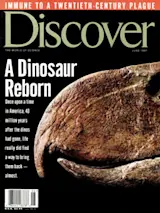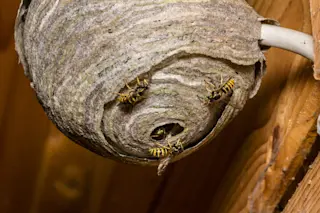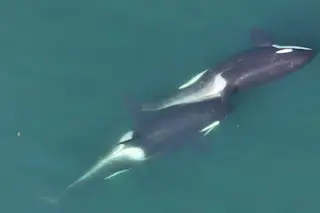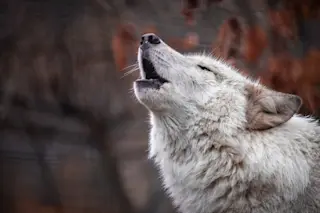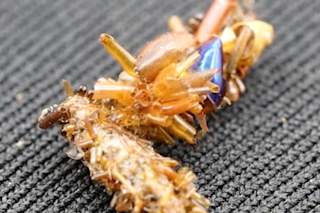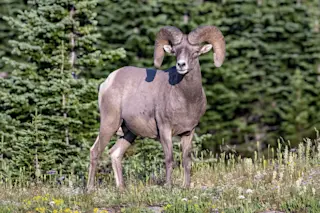To study rare, mysterious animals, some biologists climb into submersibles and plunge two miles down to the bottom of the sea. Michael Hoggarth has only to leave his office at Otterbein College in Westerville, Ohio, and climb into a pair of waders. He slides his feet into rubber boots welded to waterproof canvas overalls that come up to his armpits, and steps slowly into Killbuck Creek, a soupy green river that winds through rolling cropland in north central Ohio. Under a low lid of clouds the countryside can remind him of his native Washington State, although when the sky clears there are no snowy mountains in the distance. But what the Pacific Northwest has in mountains, the Mississippi River watershed has in freshwater mussels, and they are what Hoggarth is looking for. The entire West Coast has only eight native freshwater mussel species. The Mississippi valley has virtually all the ...
Mass Extinctions Come to Ohio
To appreciate the global biodiversity catastrophe, you don't need to go to Madagascar or Sarawak. A river in Ohio will do.
More on Discover
Stay Curious
SubscribeTo The Magazine
Save up to 40% off the cover price when you subscribe to Discover magazine.
Subscribe

